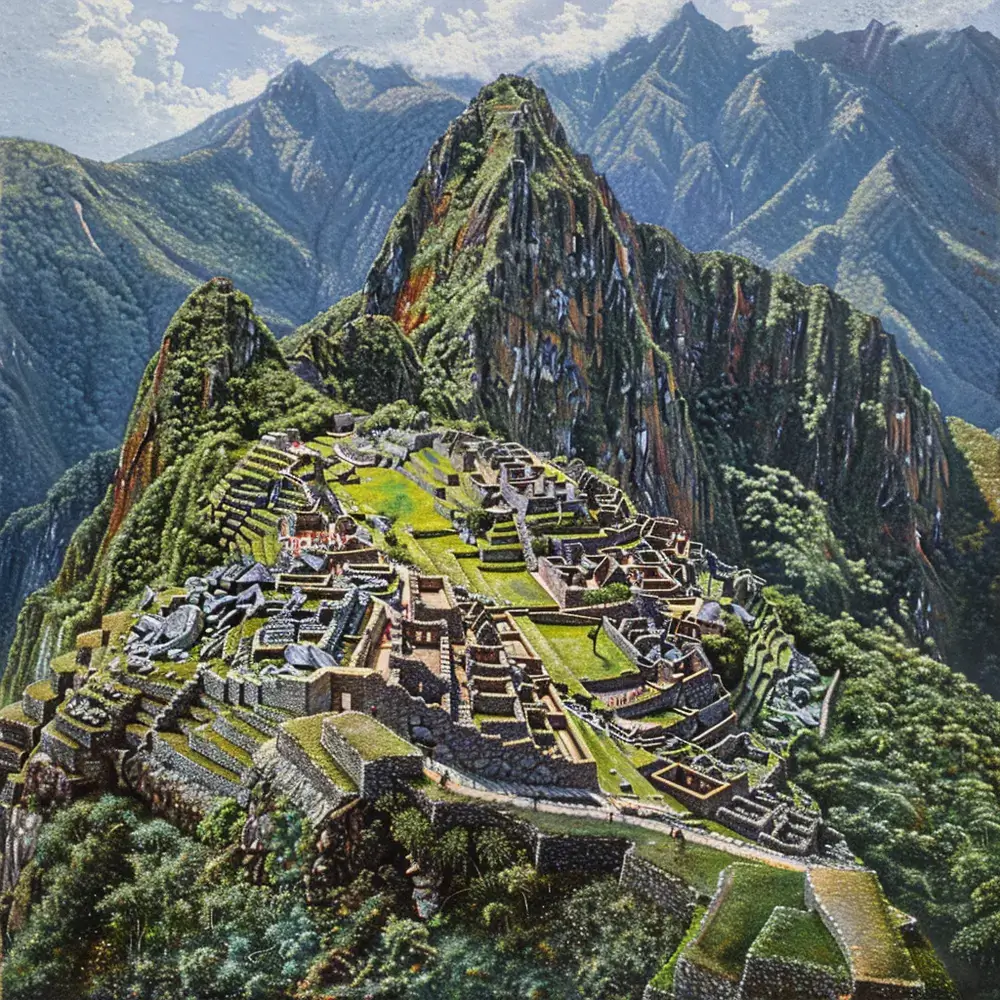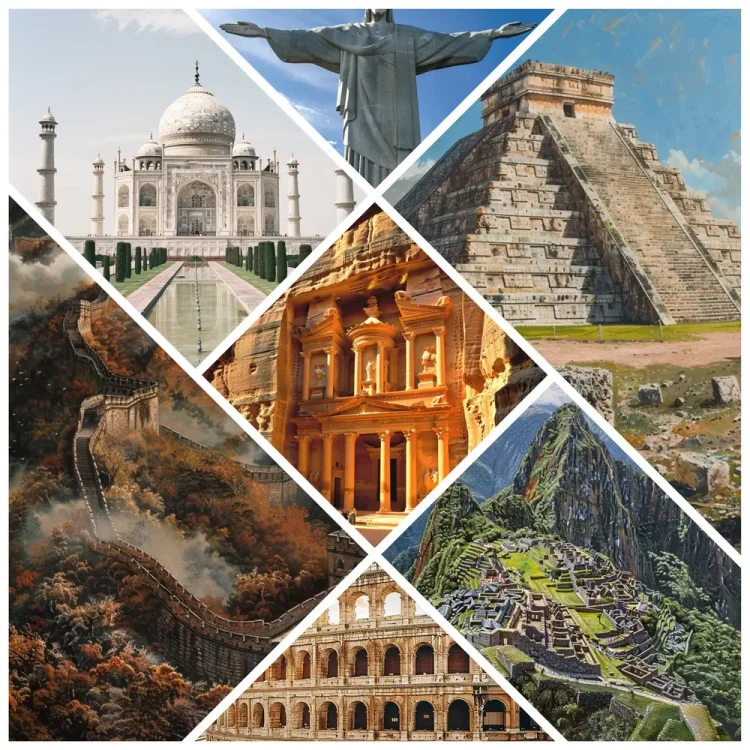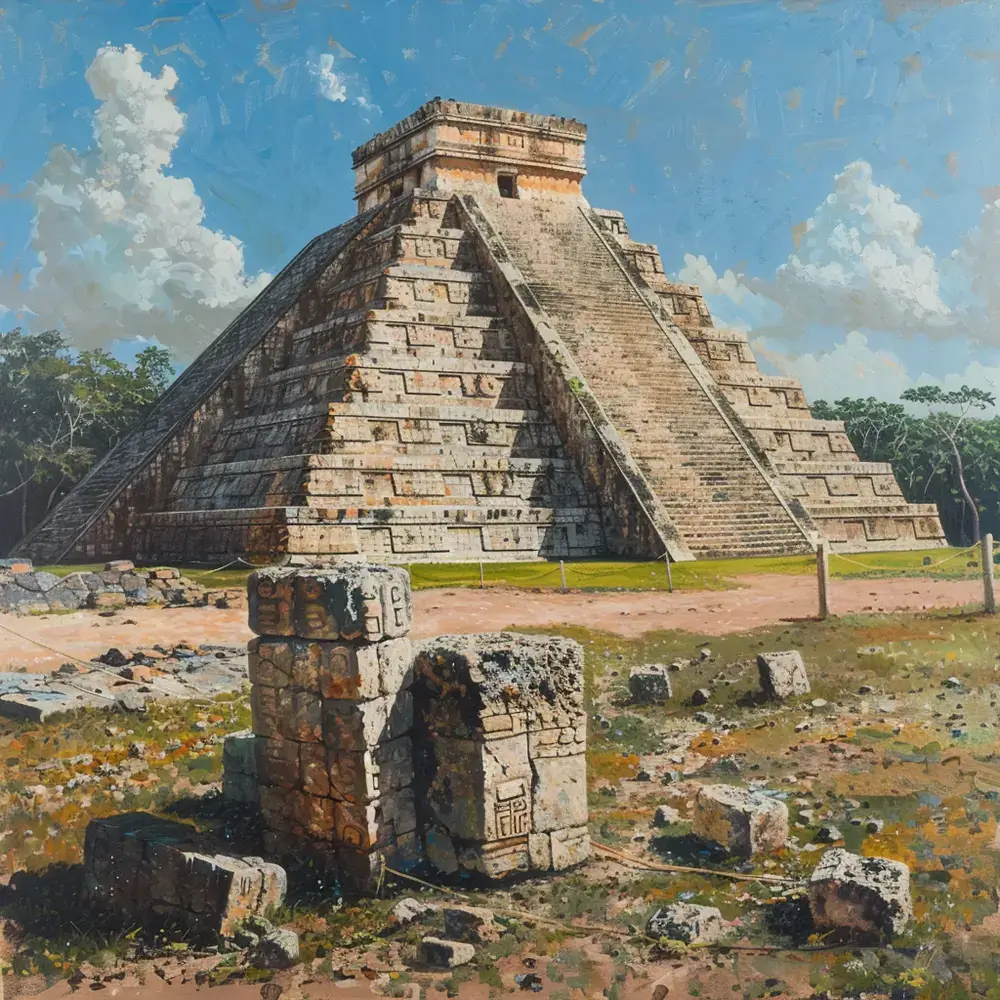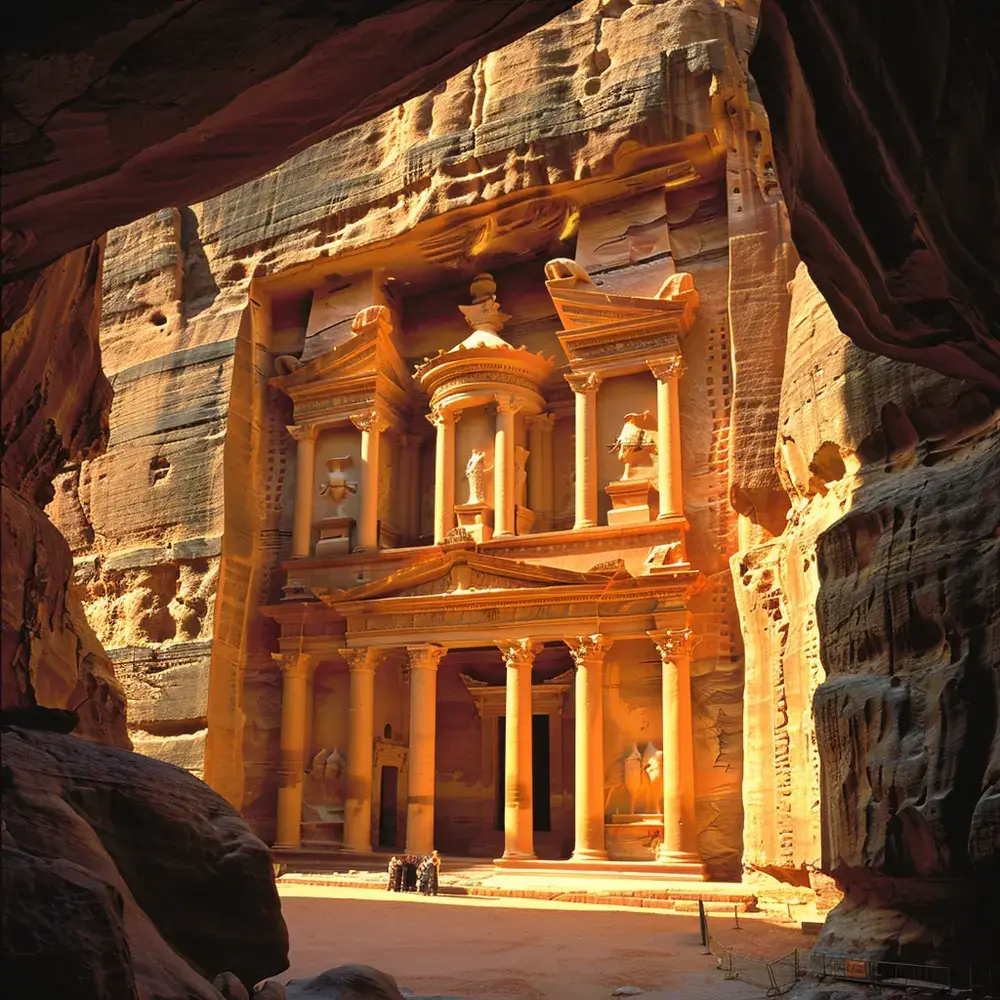Artificial intelligence has made remarkable strides in recent years, revolutionizing various aspects of our lives. In the realm of creativity, AI has taken center stage, offering new perspectives and reshaping our understanding of the world around us. In this article, we delve into the realm of AI-generated art by exploring the 7 New World Wonders. Join us as we discover how AI unveils a fresh interpretation of their magnificence.
The Great Wall of China
The Great Wall of China is one of the most iconic landmarks in the world. It stretches over 13,000 miles and was built over several centuries to protect the Chinese empire from invasions. Through the lens of AI, we can now explore the intricate details of this massive structure, from its construction techniques to the stories of the workers who built it.
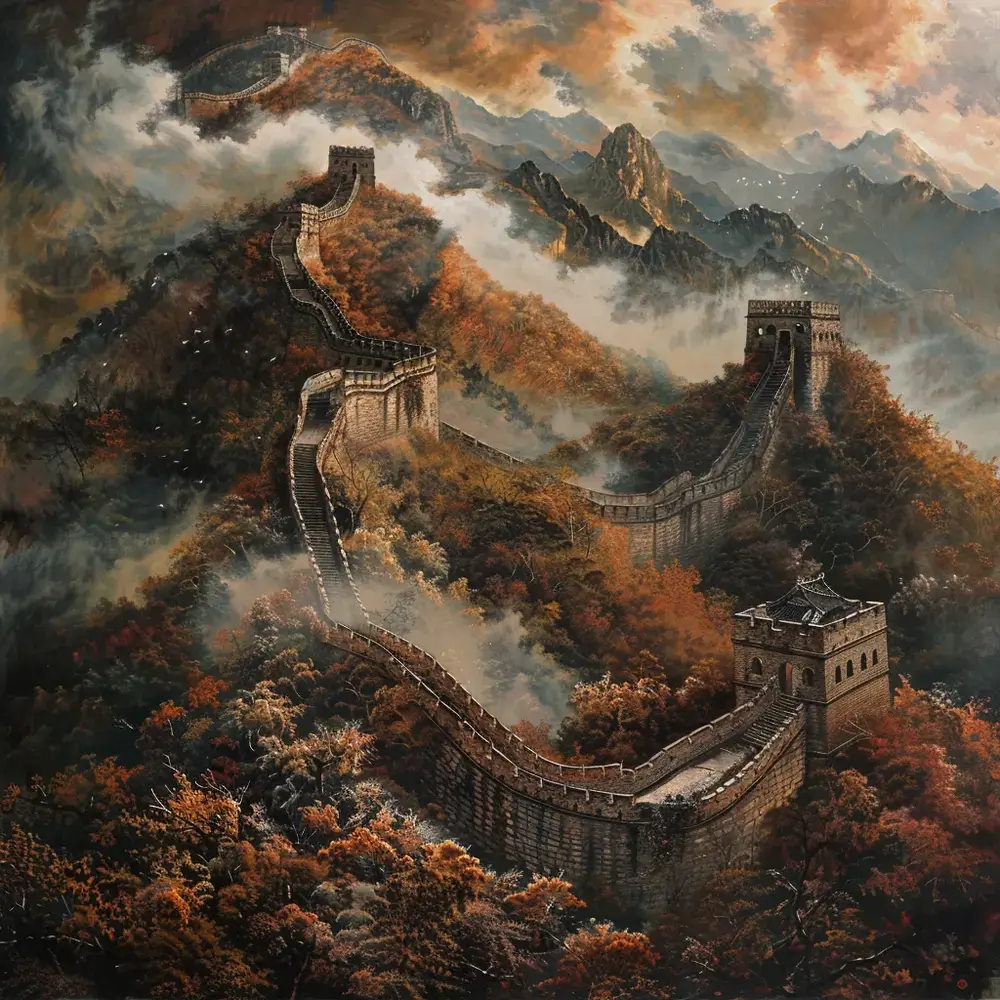
The Taj Mahal
The Taj Mahal, a UNESCO World Heritage site, is a marvel of Mughal architecture and a symbol of eternal love. With the help of AI, we can delve into the intricate carvings and learn about the inspiration behind its design. AI can also analyze the structural integrity of the monument and offer insights into its preservation.
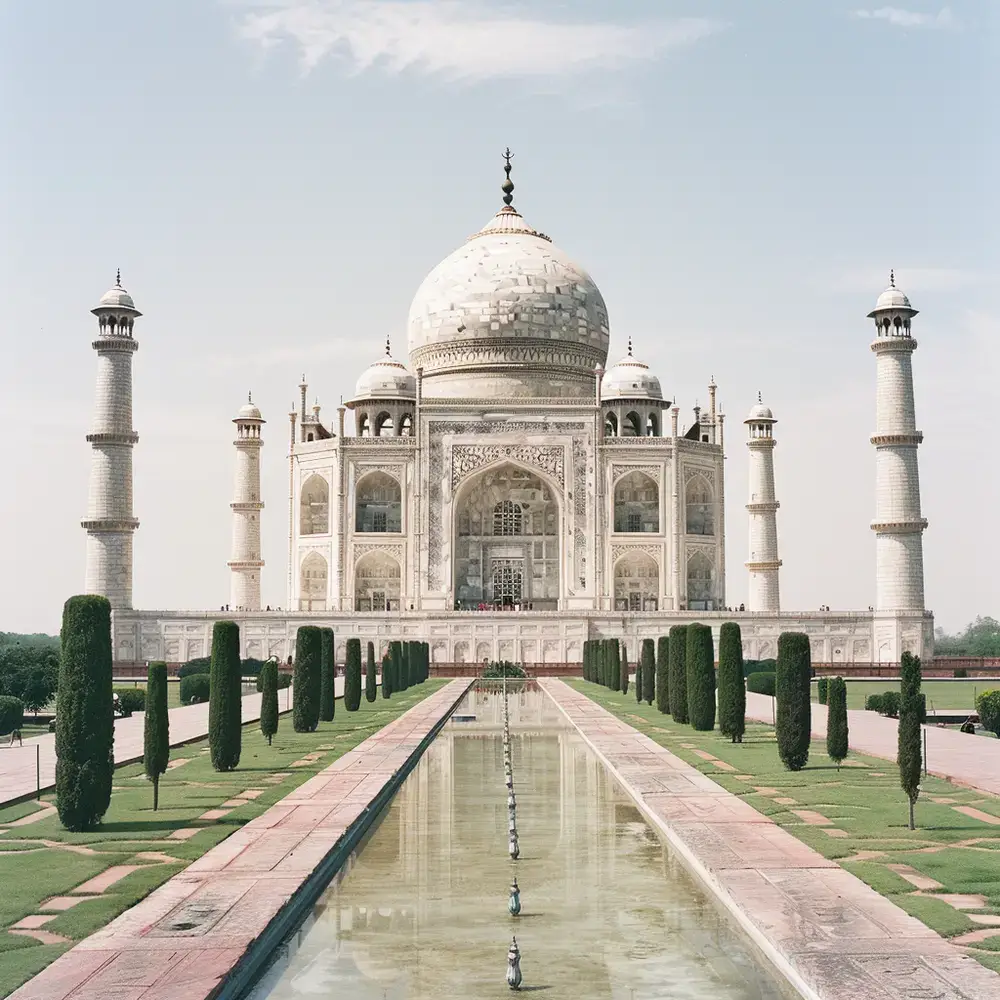 The Colosseum
The Colosseum
The Colosseum in Rome is an ancient amphitheater that once hosted gladiatorial contests and other public spectacles. AI can provide virtual tours of this historic site, allowing us to explore its underground chambers, understand its architectural complexities, and even experience what it was like to be a spectator.
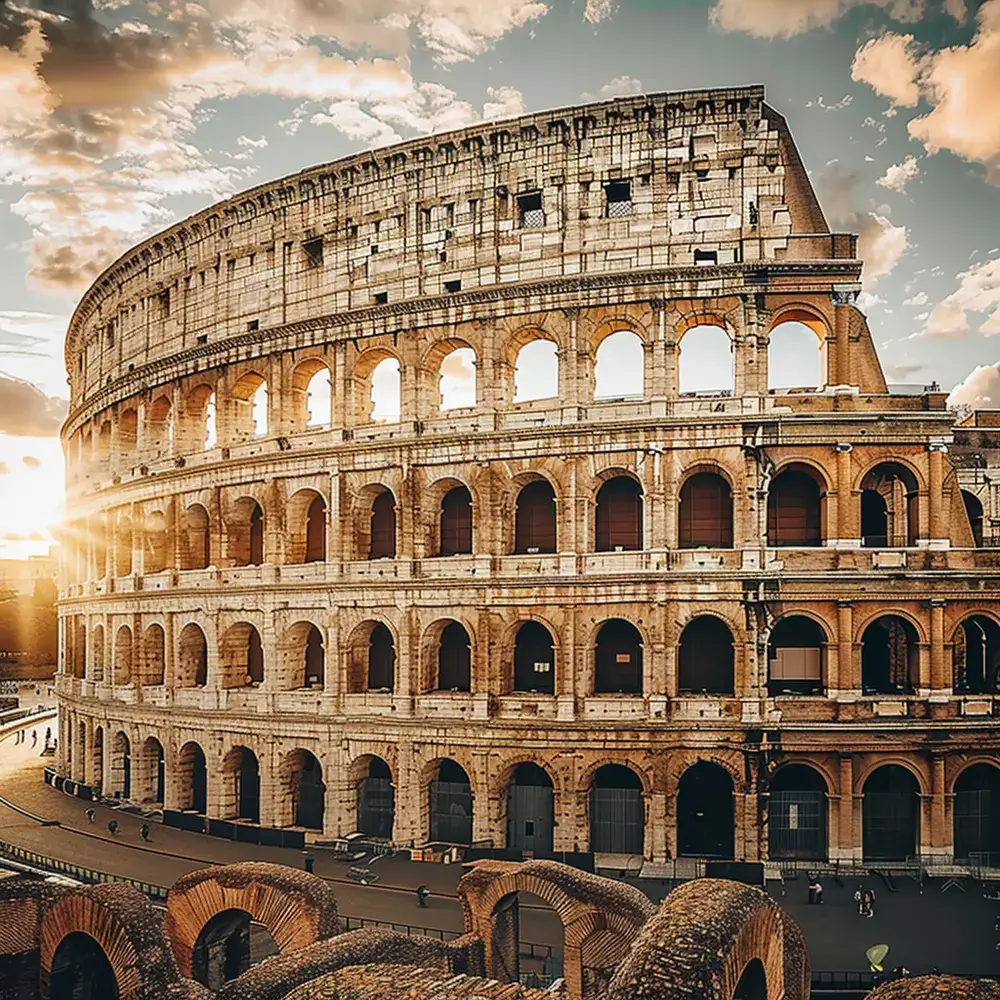
Christ the Redeemer, Brazil
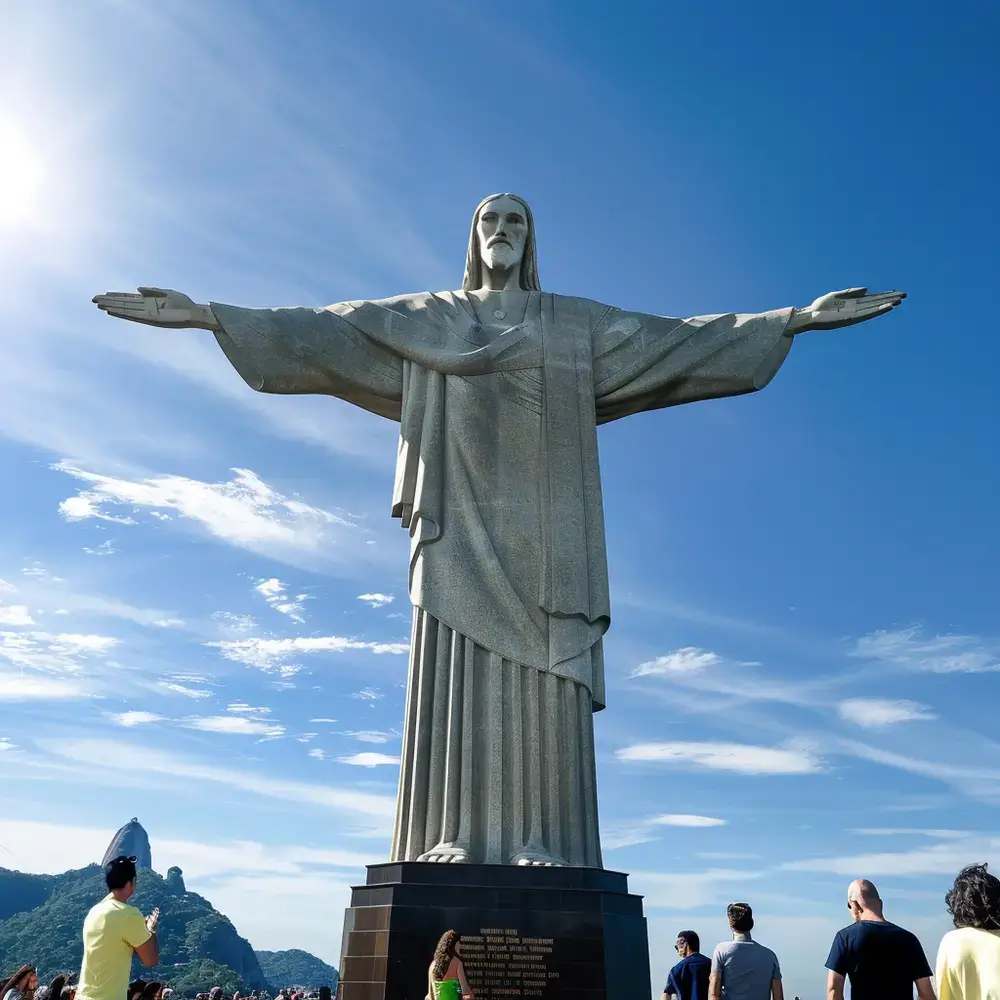
Machu Picchu, Peru
Machu Picchu is an ancient Inca city nestled high in the Andes Mountains of Peru. Using AI, we can explore this remarkable archaeological site in unprecedented detail. AI can uncover hidden structures, analyze the agricultural practices of the Inca civilization, and shed light on the mysterious purpose of this mountain citadel.
